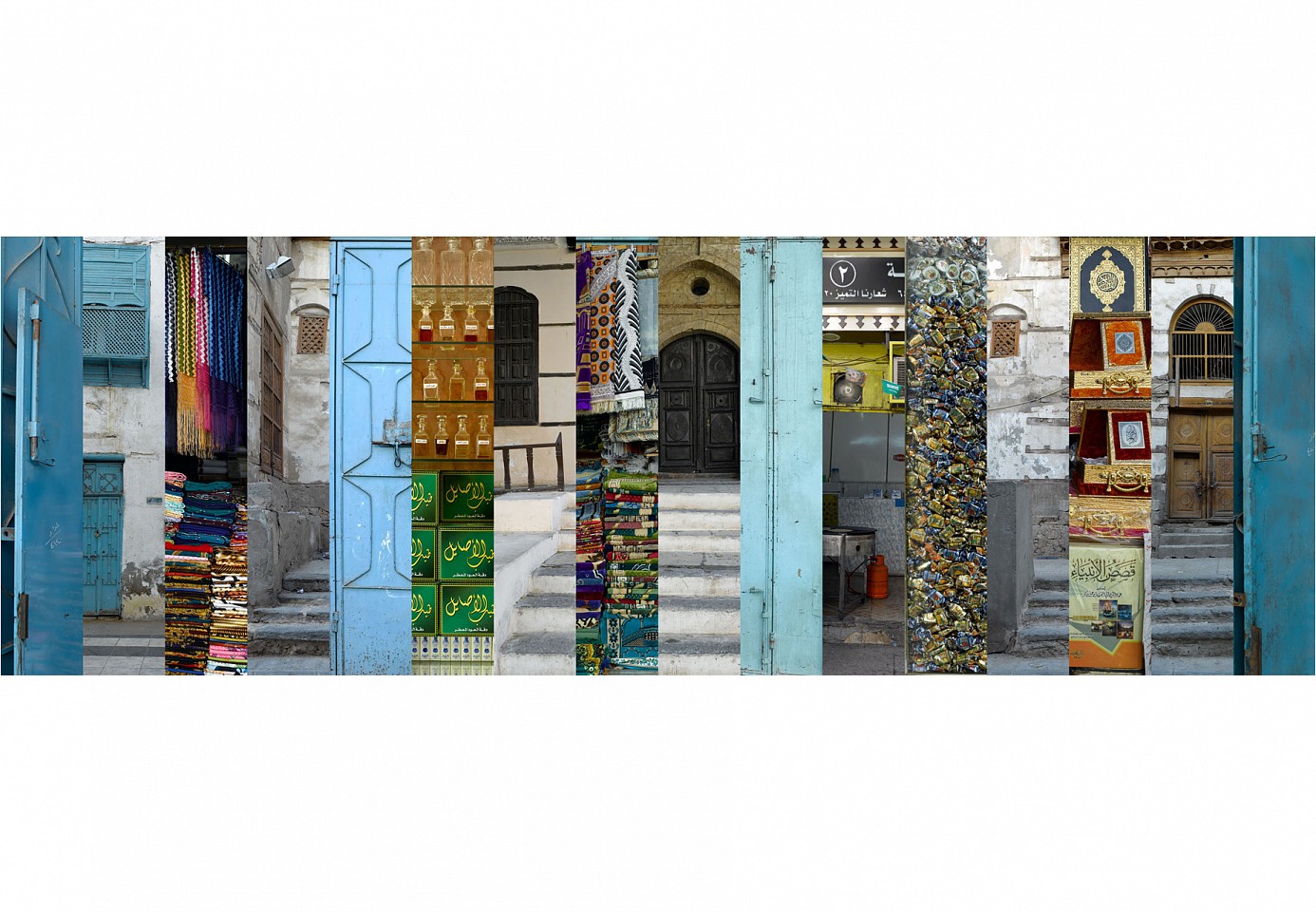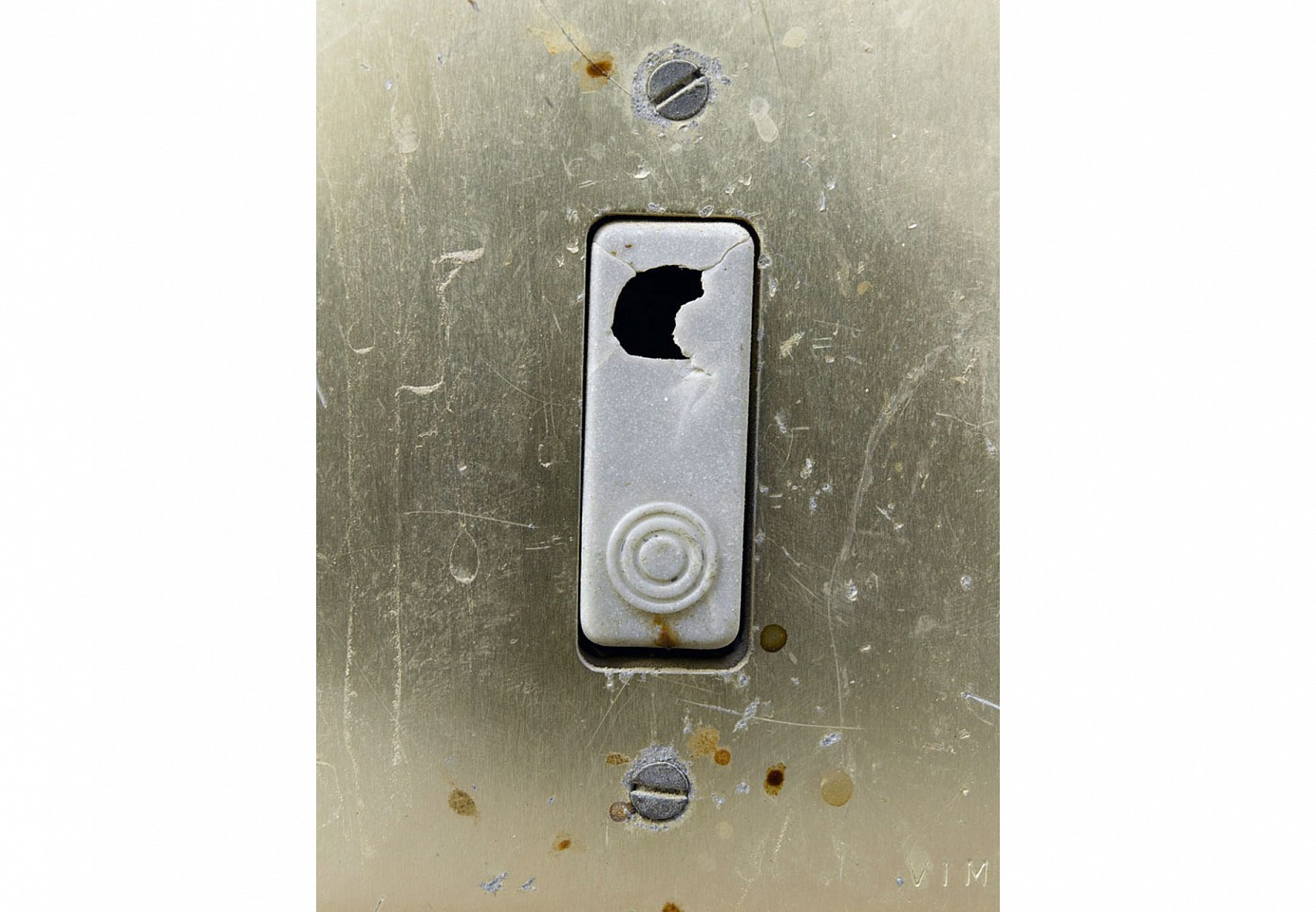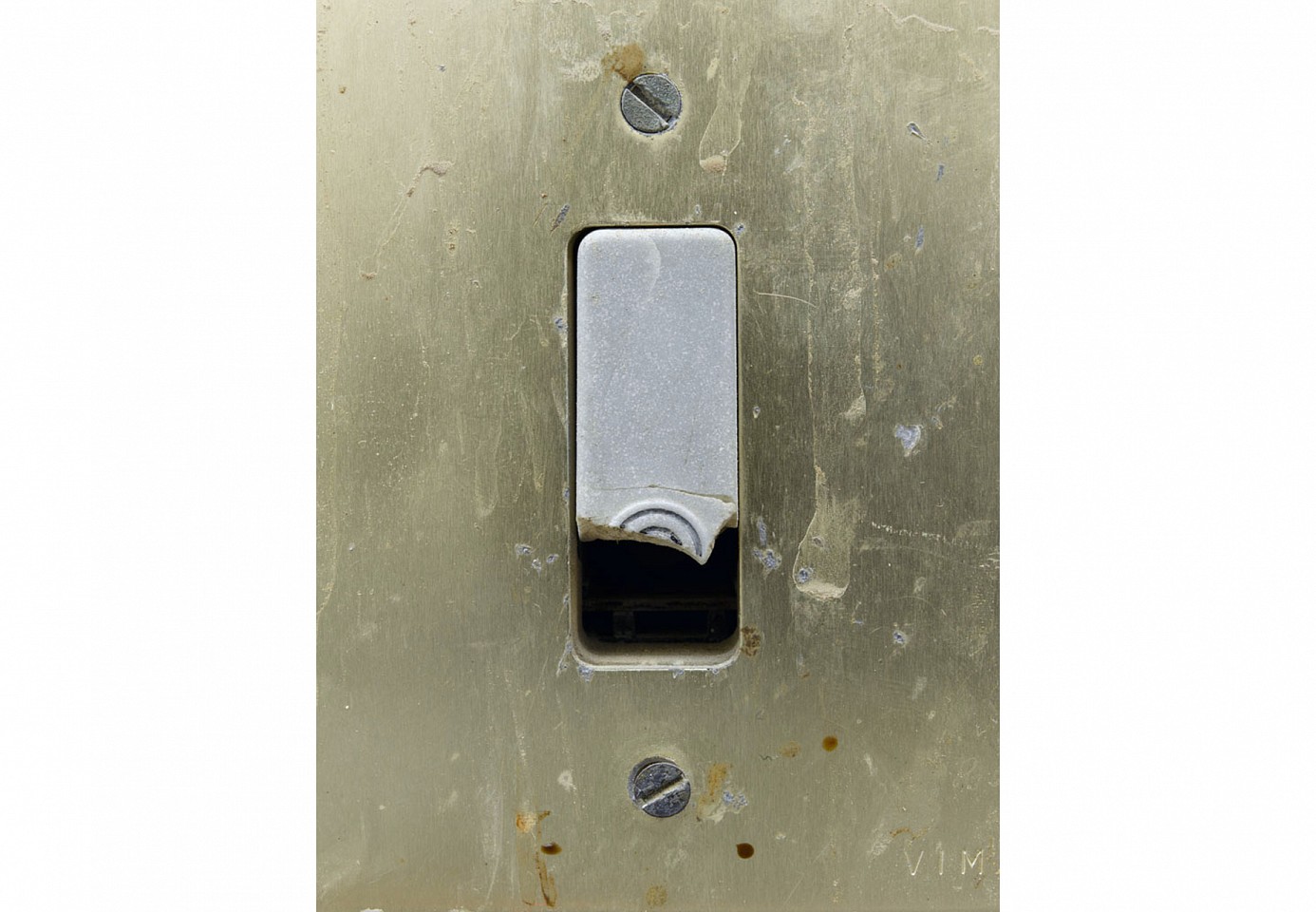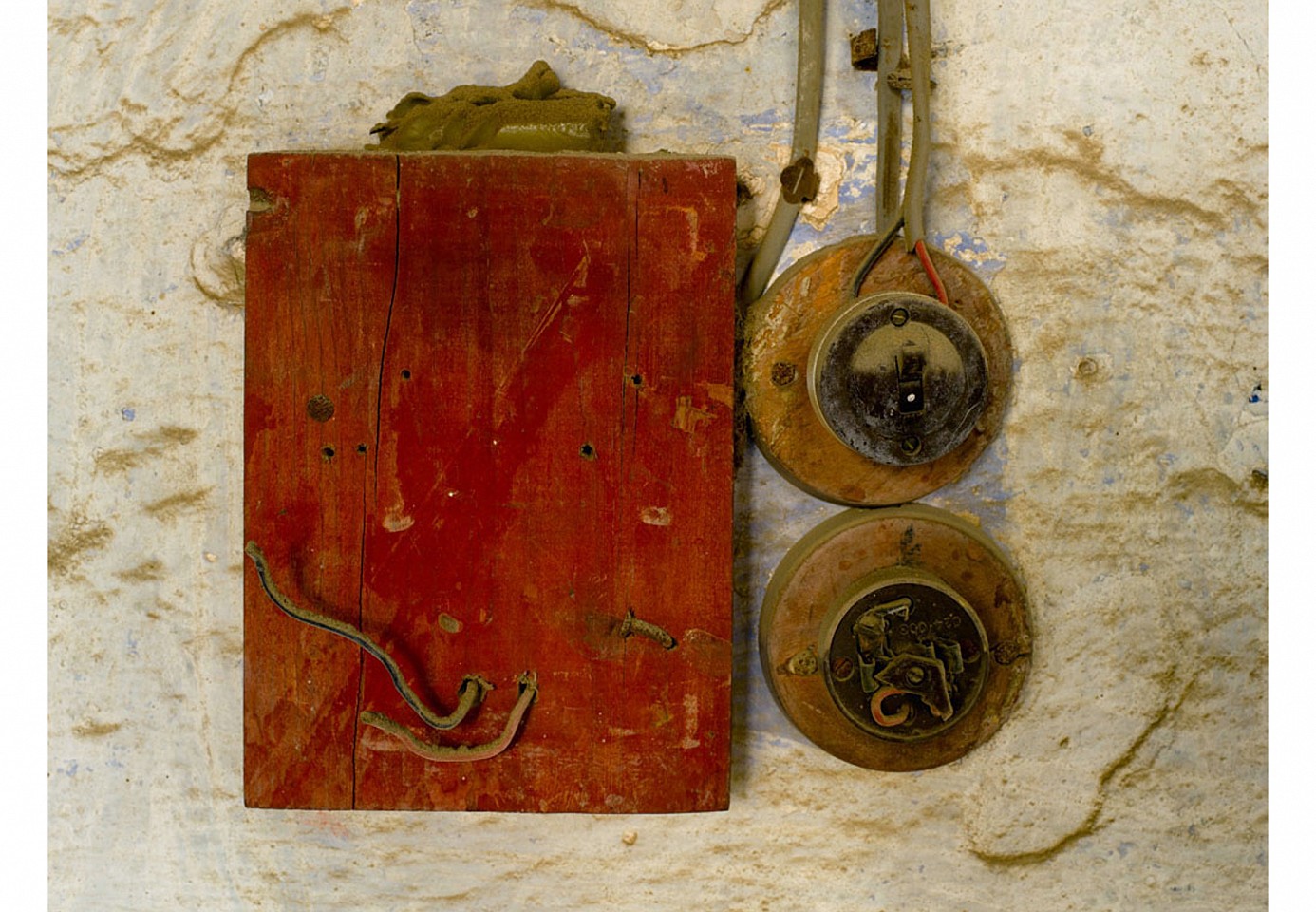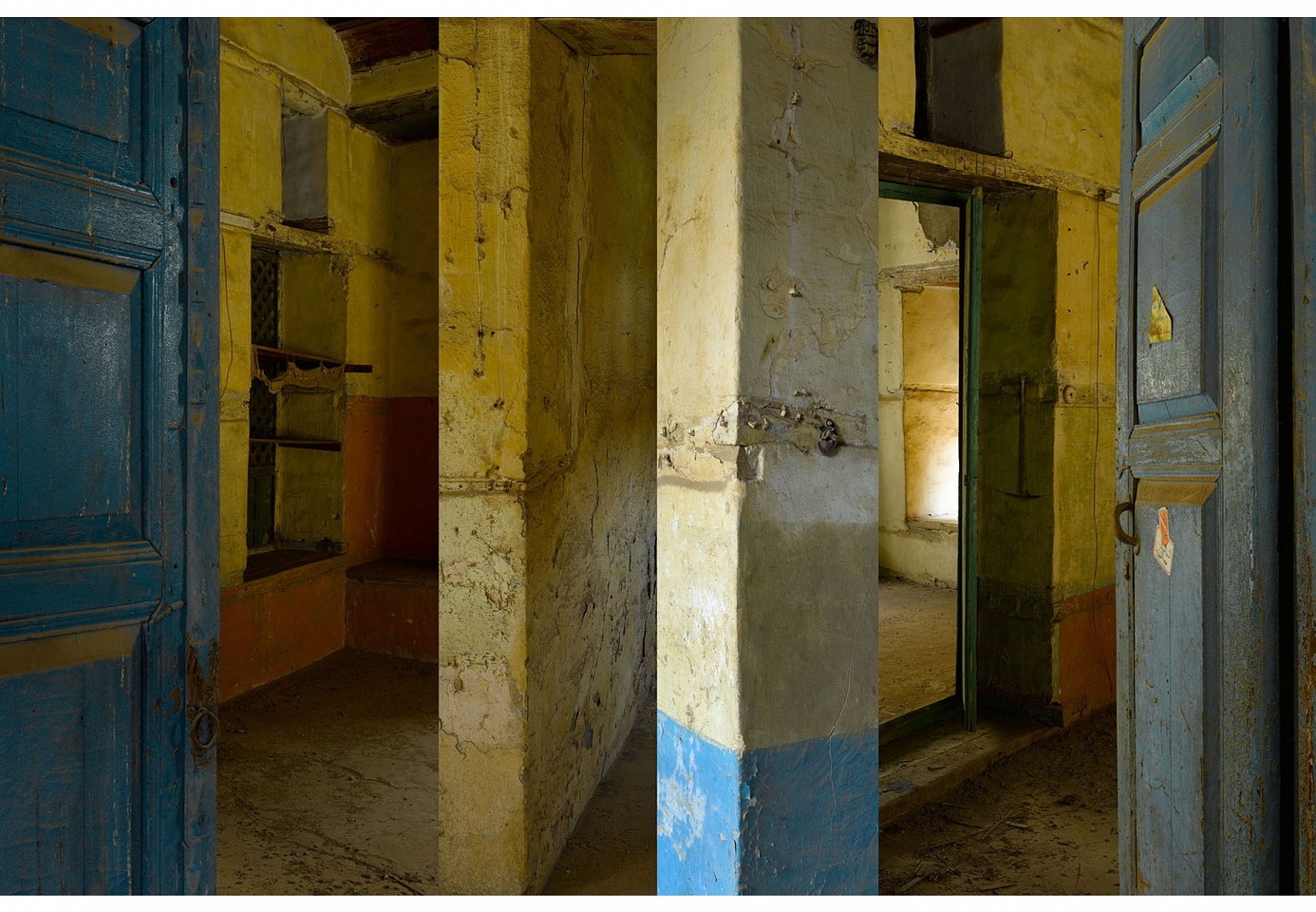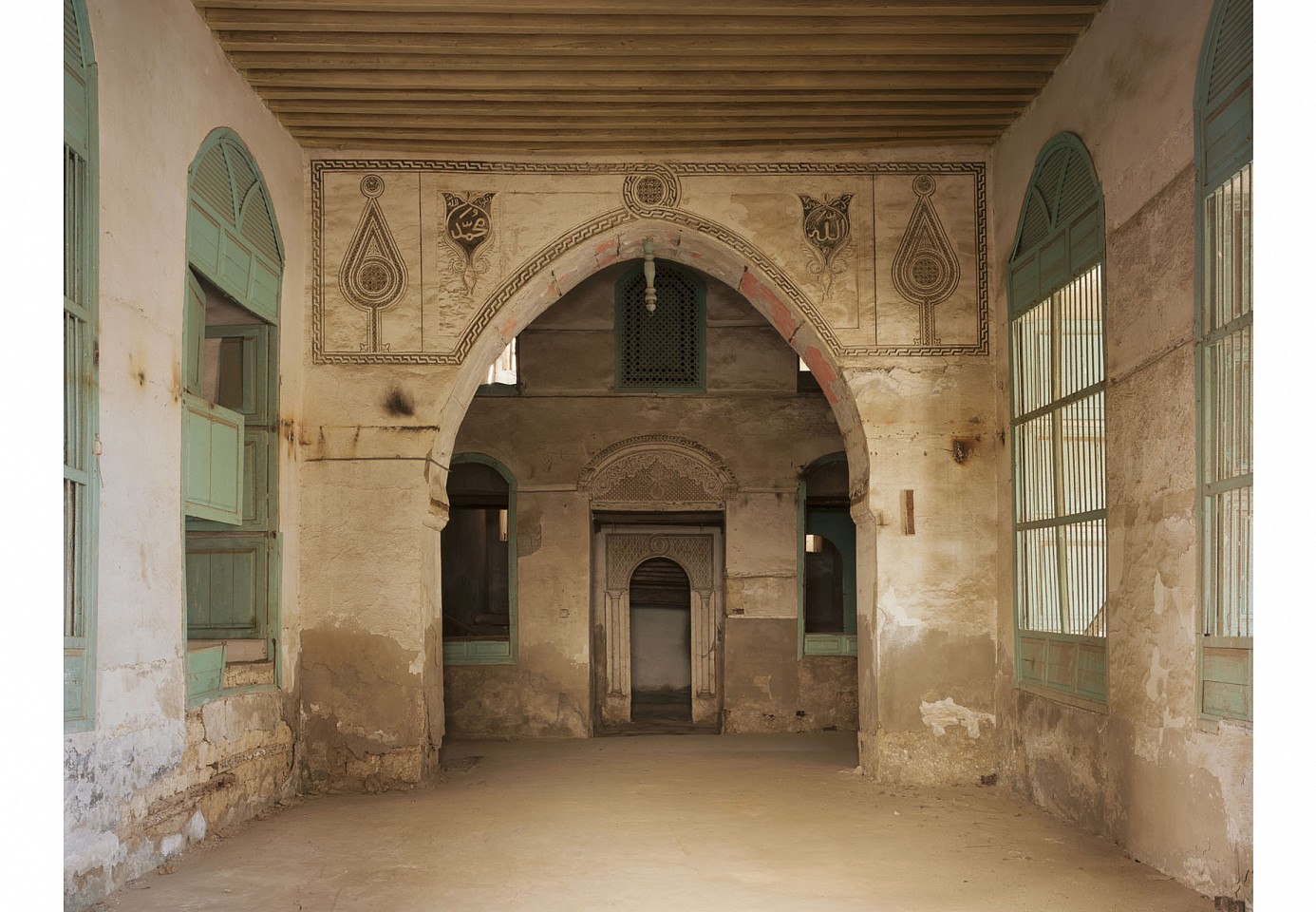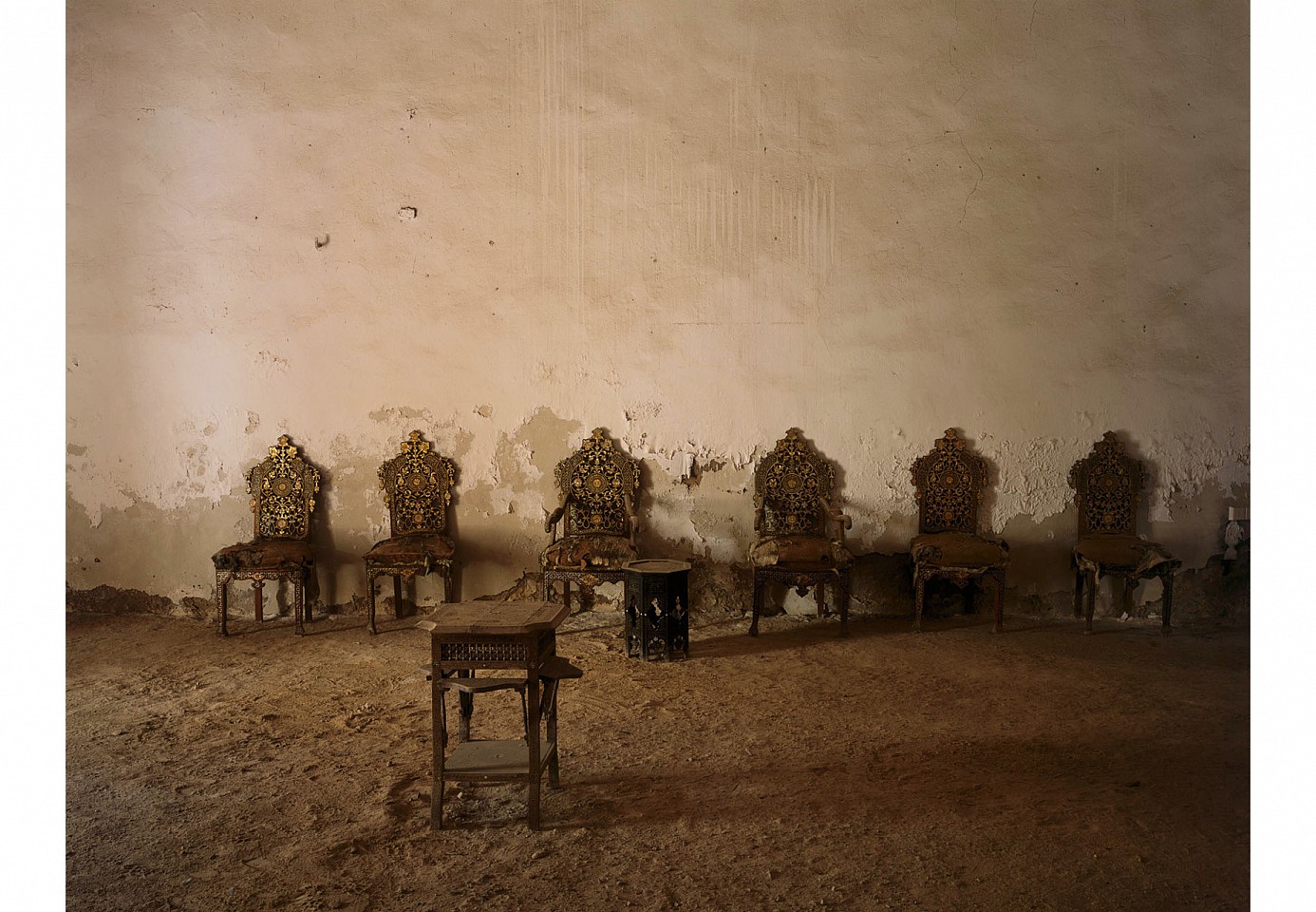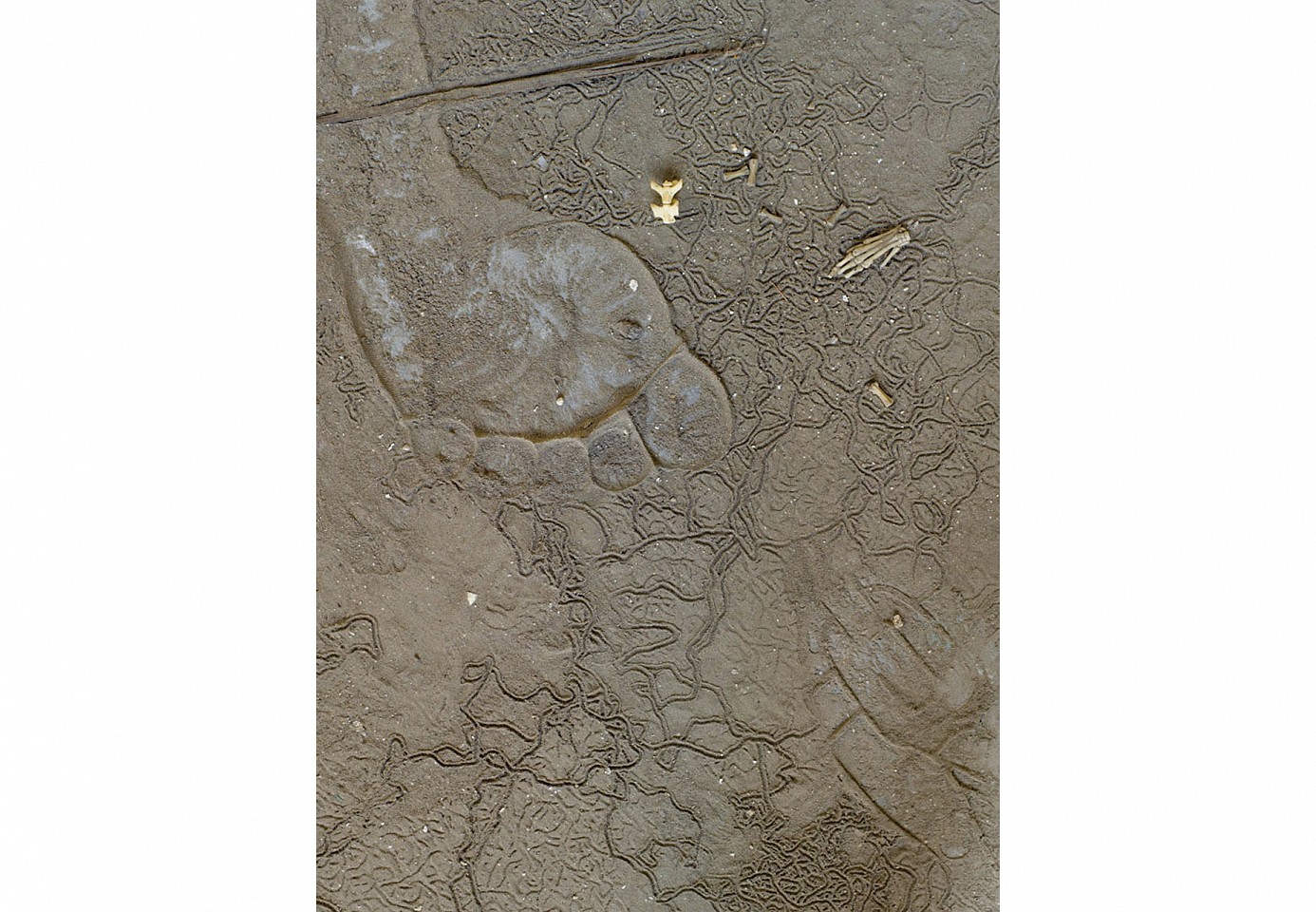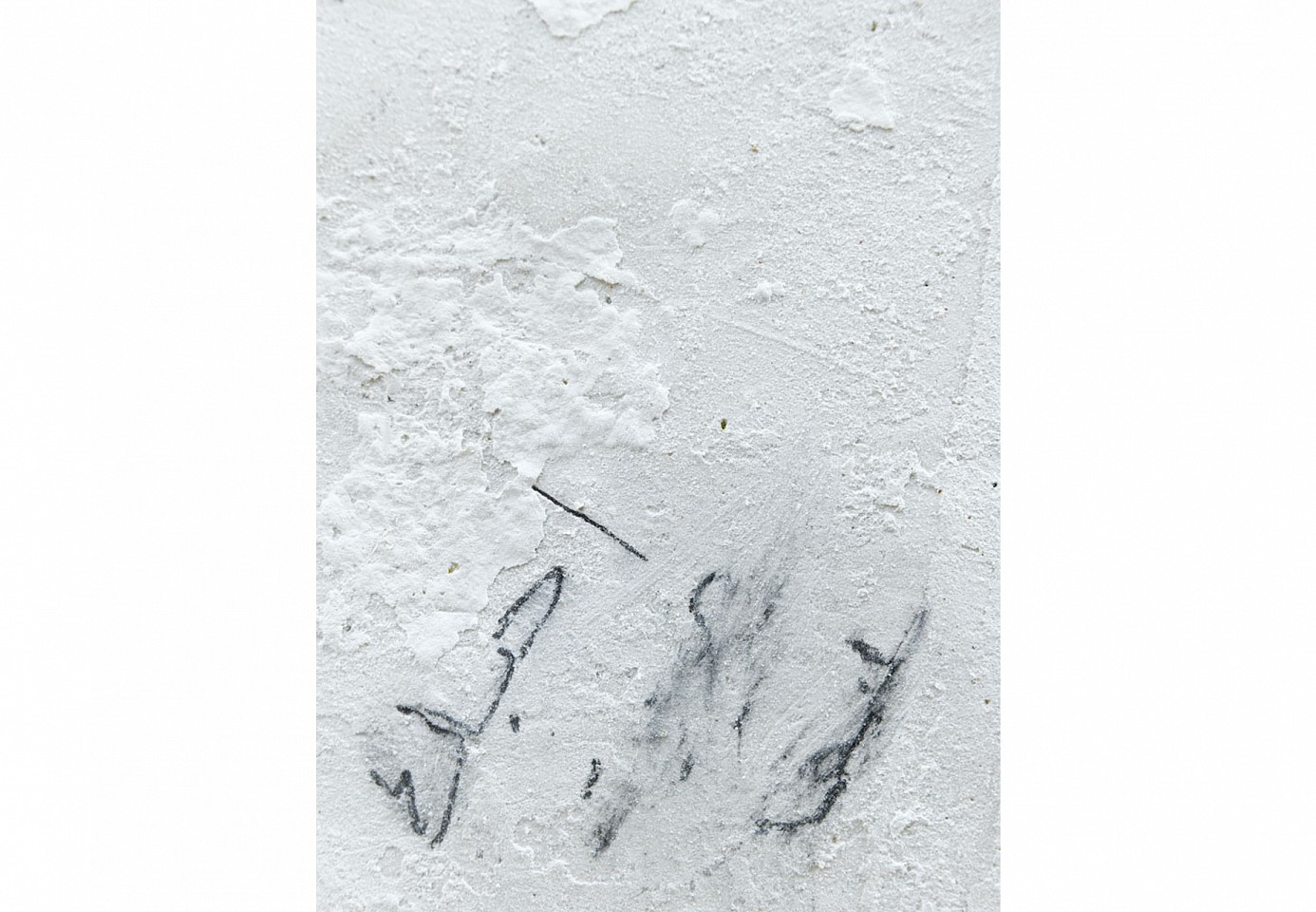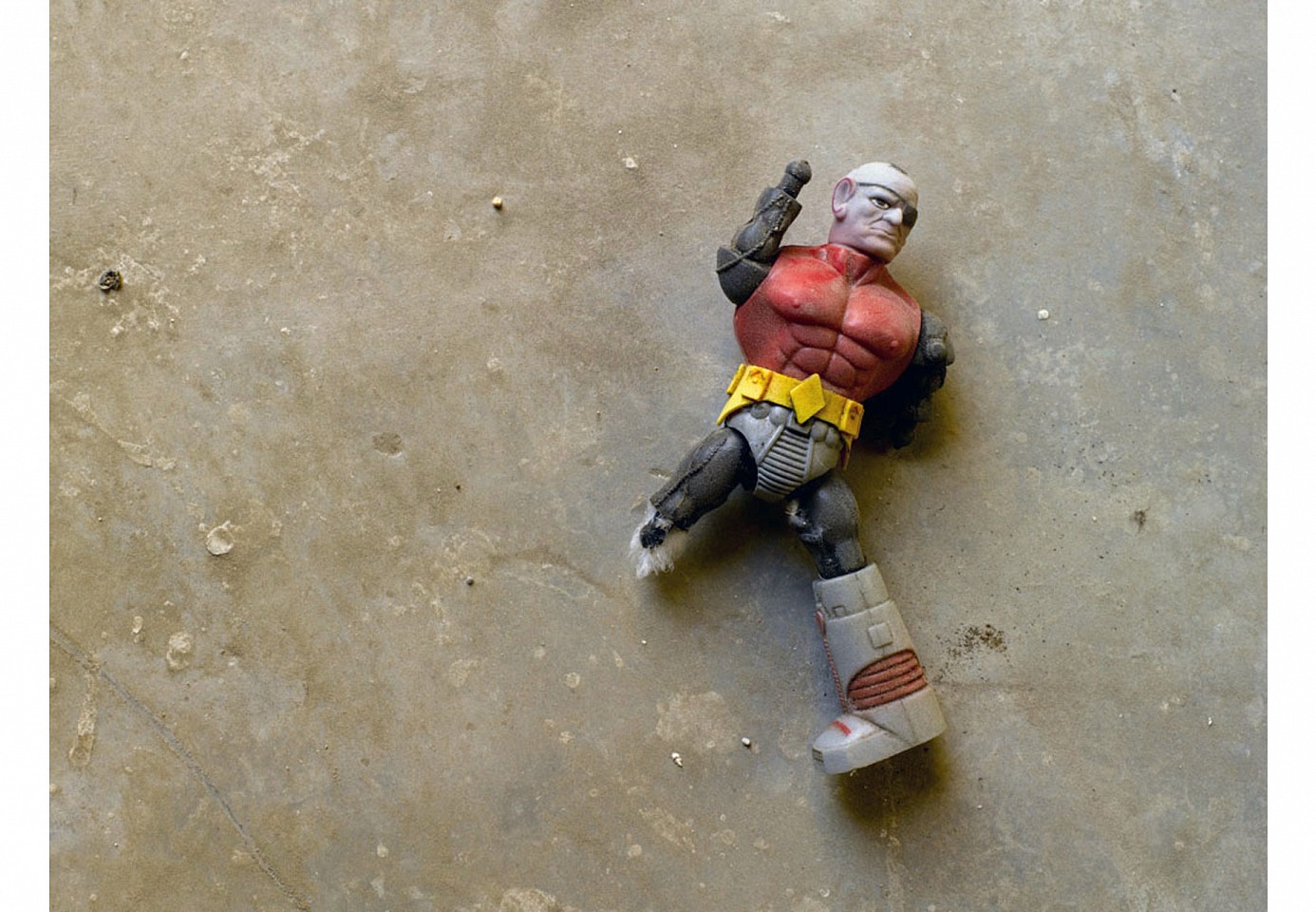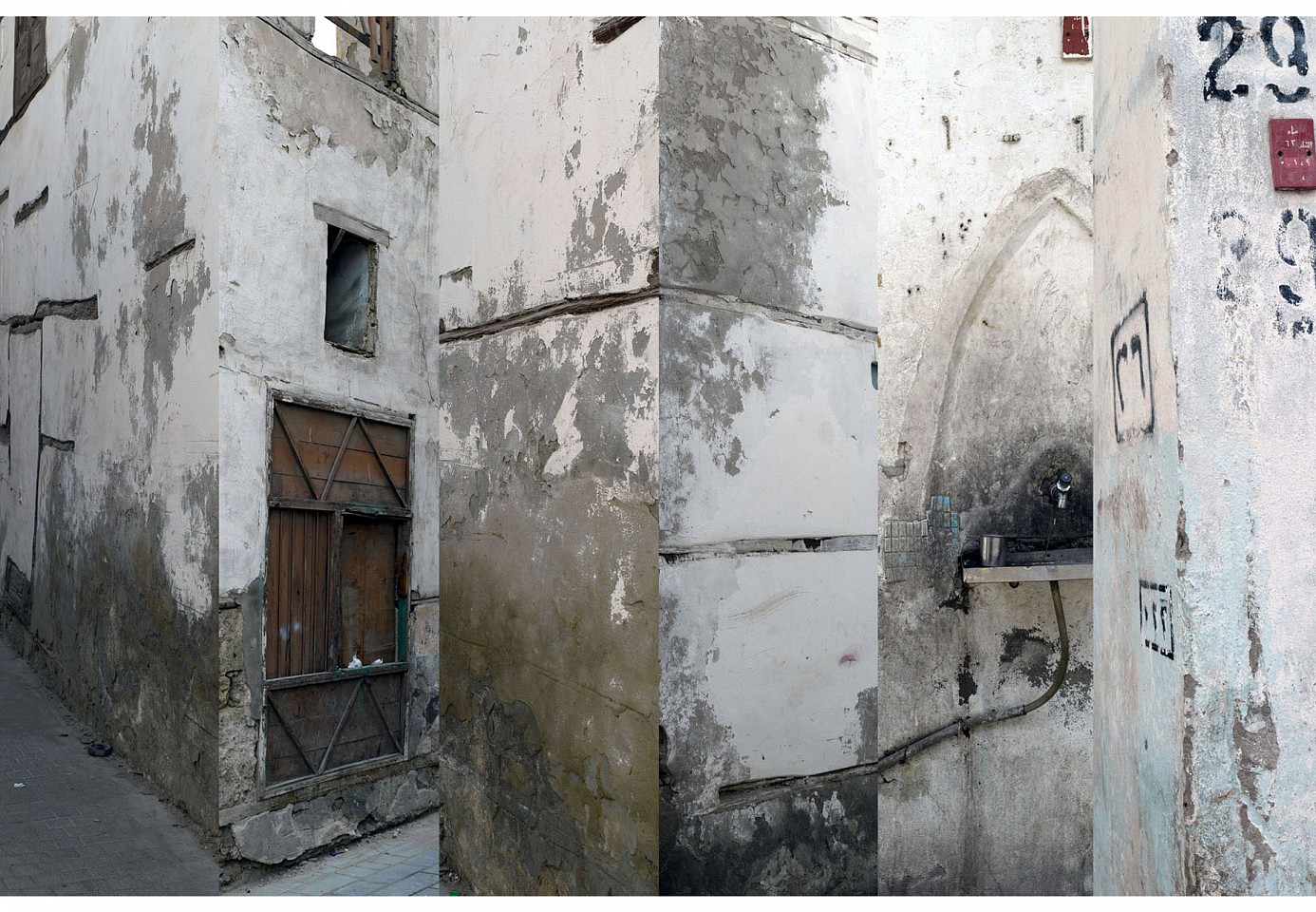Emy Kat
Colors of Jeddah, 2013
Lambda Print mounted on Dibond with antireflective plexiglass
80 x 240 cm (31 7/16 x 94 7/16 in.)
From The Series The Everlasting Now, Edition of 3 + 2 AP
EMY0024
Emy Kat
Golden Switch I, 2013
Lambda Print mounted on Dibond with antireflective plexiglass
90 x 67 cm (35 3/8 x 26 3/8 in.)
From The Series The Everlasting Now, Edition of 6 + 2 AP
EMY0012
Emy Kat
Golden Switch II, 2013
Lambda Print mounted on Dibond with antireflective plexiglass
90 x 67 cm (35 3/8 x 26 3/8 in.)
From The Series The Everlasting Now, Edition of 6 + 2 AP
EMY0015
Emy Kat
House Switch Panel, 2013
Lambda Print mounted on Dibond with antireflective plexiglass
90 x 67 cm (35 3/8 x 26 3/8 in.)
From The Series The Everlasting Now, Edition of 6 + 2 AP
EMY0000
Emy Kat
Indoors, 2013
Lambda Print mounted on Dibond with antireflective plexiglass
100 x 150 cm (39 5/16 x 59 in.)
From The Series The Everlasting Now, Edition of 5 + 2 AP
EMY0018
Emy Kat
Jokhadar Entrance, 2013
C-Print mounted on Dibond with antireflective plexiglass
180 x 234 cm (70 13/16 x 92 1/8 in.)
From The Series The Everlasting Now, Edition of 3 + 2 AP
MAL0001
Emy Kat
King AZ Majless, 2013
C-Print mounted on Dibond with antireflective plexiglass
180 x 234 cm (70 13/16 x 92 1/8 in.)
From the Spaces series, Edition of 3 + 2 AP
EMY0030
Emy Kat
Life & Death, 2013
Lambda Print mounted on Dibond with antireflective plexiglass
90 x 67 cm (35 3/8 x 26 3/8 in.)
From The Series The Everlasting Now, Edition of 6 + 2 AP
EMY0006
Emy Kat
Love Story, 2013
Lambda Print mounted on Dibond with antireflective plexiglass
90 x 67 cm (35 3/8 x 26 3/8 in.)
From The Series The Everlasting Now, Edition of 6 + 2 AP
MAL0000
Emy Kat
One Legged Toy, 2013
Lambda Print mounted on Dibond with antireflective plexiglass
90 x 67 cm (35 3/8 x 26 3/8 in.)
From The Series The Everlasting Now, Edition of 6 + 2 AP
EMY0003
Emy Kat
Walls of Jeddah II, 2013
Lambda Print mounted on Dibond with antireflective plexiglass
100 x 150 cm (39 5/16 x 59 in.)
From The Series The Everlasting Now, Edition of 5 + 2 AP
EMY0021











Artist: For the Space series, I used a large format view camera. I constructed a series of visuals depicting the typical home, from different houses in the old city, for example, the kitchen of Baeshen the entrance of Jokhdar the bedroom of Jamjoom, amongst others. No artificial light was used; the images were taken at a certain time of the day best suited to preserve the integrity of each space. I wanted to retain the authenticity of the interiors and to invite the viewer into these personal spaces that were once very much lived-in and loved by the families whom the homes are named after. The images depict poignant details and the unique character of each space as a reflection of its previous inhabitants. While, there is inherent beauty in the decay, there is an equal sense of tragic abandonment.
"THE EVER LASTING NOW” is a documentary project, which aims to capture the beauty of a slowly disappearing heritage. While conveying the appearance of neglect, the message is one of hope, that despite the dilapidation, there is still beauty in abundance that needs care and looking after. ‘The Everlasting Now’ seeks to provoke questions such as ‘what happened to this heritage?’, ‘why has it been neglected for so long?’, but most importantly, ‘what can be done to preserve it?’.
I was born in Jeddah in 1959 and grew up in “Bughdadiah”. At the time (1950’s), Bughdadiah was the new modern part of Jeddah, located at the very edge of the city. I remember…my family would take me shopping in “Al-Balad”, the old city of Jeddah, where all our needs were met within one small district and we could find everything from food, to clothing, to medicine.
When I was about 7, I used to take the bicycle -without permission from my parents- and cycle down to Balad. I used to cross what is now the Ministry of Information roundabout and enter the old city of Jeddah next to Zeinal House, where the first US Embassy used to be. It was a big adventure for me. The city was vibrant, full of life and energy.
Soon after, my father passed away (1985) and I left the Kingdom, aged 29. After being away for almost 17 years, I came back for a few short visits and each time, the effect of abandonment and neglect was striking. I was overwhelmed with a combination of both shock and sadness. While all the rest of modern Jeddah was growing, the old city was dying…
It became clear that since 1962, old Jeddah was not included in the new financial blueprint of the city. During the boom of the 80’s, the Mayor of Jeddah had initiated many beautification projects for modern Jeddah, but still nothing substantial was done for the heritage of the old city.
In 2006, A Senior Heritage Curator who was in charge of renovating Balad invited me to take photos for a book about the old city. Normally this would have been a project that held great appeal to me, but appalled after having seen the ignorant and irresponsible attempts at restoration, I decided to turn down the offer. This city is built from coral stone and what they were doing was smothering its walls with cement and paint. I told him that they should hire experts and that this work requires extra care and expertise to restore. The coral stone has an important role to ventilate the homes and keep them cool inside, but also to block and filter dust and dirt from entering. I told him that plastering on cement and paint would suffocate the building. As I recall, he was rather offended.
Ever since that time, I have wanted to photographically document Balad, but in a way that conveyed my own personal message. So, I was most fortunate to meet Hamza Serafi (co-founder of Athr Gallery), who shared the same passion and love for the old city as I did and helped me develop an artist residency program for the project. His undivided attention, encouragement and sharing of ideas was pivotal in its realization.
Another key individual was Malak Baissa, District Mayor of the Al-Sham and Al-Mazloom neighbourhoods of Balad, who was appointed in 2011. Other than his tremendous assistance and knowledge which he shared unconditionally during the residency, since his appointment, Baissa has undertaken immense efforts to improve and revive the social structures of Balad, eliminate drug trafficking, improve security and put extensive pressure on the municipality to do more. Baissa is part of my great hope to see the old city revived, restored and well looked after.
The residency involved 4 trips to Jeddah over a period of 8 months. It was initiated in October 2012 and ended July 2013 with a partial production of the entire body of work. During the course of the residency, Hamza Serafi had titled the project “The Everlasting Now”. This title appealed to me, as I felt it conveyed the message that I always wanted to communicate, about the perennial nature of our culture and heritage.
I used three types of approaches and techniques to tell this story. For the first, I used a large format view camera for what I called “Spaces”; I constructed a series of visuals depicting the typical home, from different houses in the old city, for example, the kitchen of “Baeshen” the entrance of “Al-Jokhdar” the bedroom of “Jamjoom”, amongst others. No artificial light was used; the images were taken at a certain period of dawn when the sunlight just begins to trickle into the space. I wanted to retain the authenticity of the interiors and to invite the viewer into these personal spaces that were once very much lived-in and loved by the families whom the homes are named after. The images depict poignant details and the unique character of each space as a reflection of its previous inhabitants. While, there is inherent beauty in the decay, there is an equal sense of tragic abandonment.
For the second technique, I used macro photography. I adopted the technique in an attempt to reach closer to the truth, but the result I found was that by weaving these seemingly inconsequential or often overlooked elements into the narrative, I began to develop a more intimate and familiar relationship with the subject.
The third was a type of “digital Collage”, which I called “Stripe Collage”, to capture various spaces in the old city and to connect them together in one image, giving the viewer the sense of a 360 degree view and offering them a chance to experience the space from multiple angles in one gaze. This technique allows me to cover several dimensions of a space and to effectively sum up all the facts into a single visual. This resulting overwhelming bombardment is in fact deliberate and is meant to convey a feeling of urgency; that we are in a race against time to salvage the remains of this glorious heritage before it crumbles into extinction.
This project blurs the lines between documentation and narrative. While the documentary objective is to visually preserve the state of Balad at this moment in time, in its present state of decay, these three approaches can each be considered a technique in storytelling. Together, they reach beyond documentation to paint a fuller picture with conflicting emotions. The sweet sensations of nostalgia, appreciation of beauty and sentimentality are tainted by sadness, anger, and anxiety. More than anything, this project is an attempt to raise awareness and is a call to action. This heritage is a gift as well as a responsibility and we must all do our best to preserve it before it is too late.

